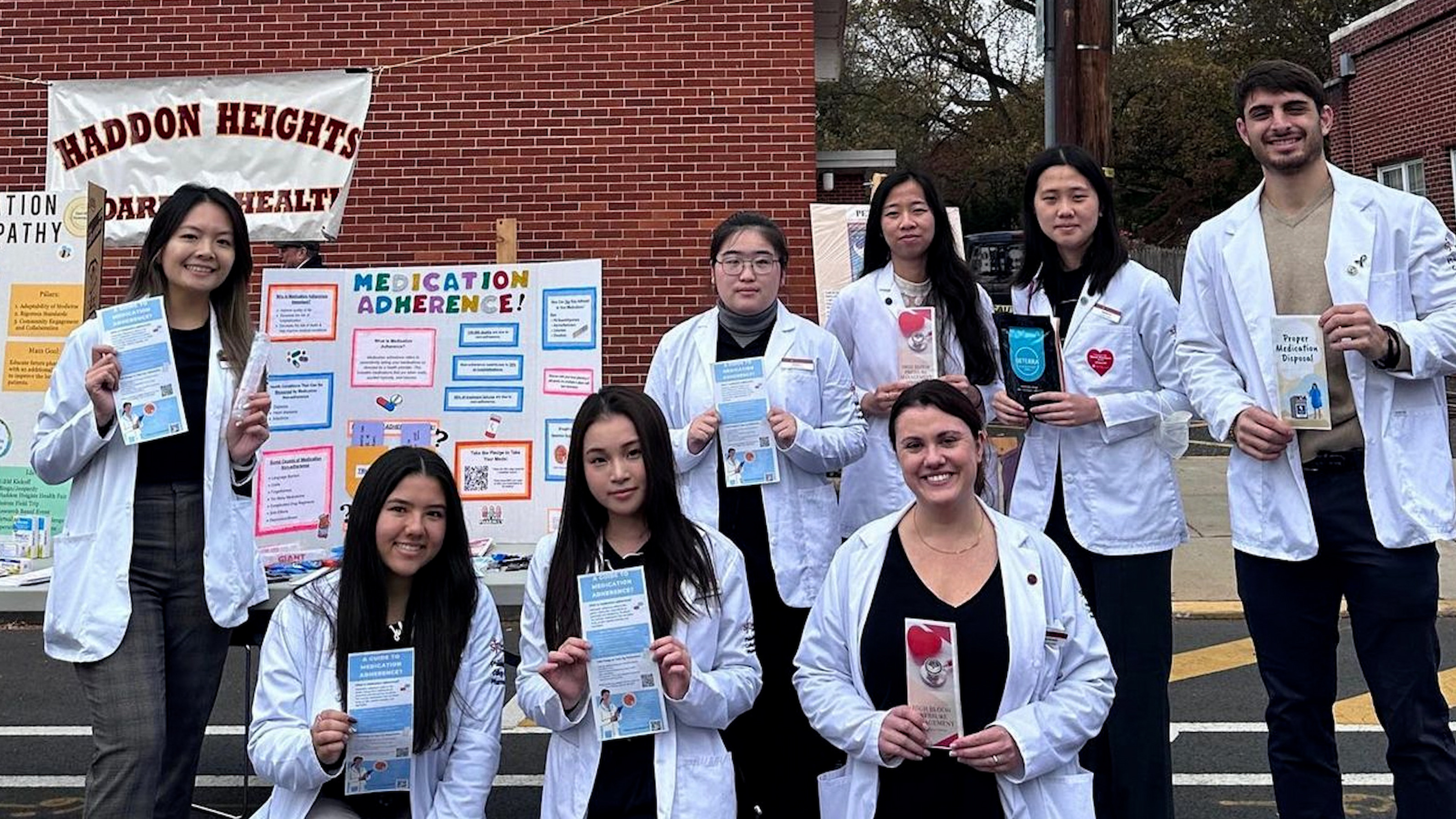Creating a Virtual Home for Student Services
The Student Success and Educational Support team is using a number of different tools to offer its services virtually -- and also relying on tried-and-true advice to help students prep for finals.

For the members of Saint Joseph’s Student Success and Educational Support team, continuing to provide support to students in the virtual environment means rethinking how those services are delivered, finding ways to offer them virtually, and providing flexibility and grace to students as they adjust to the new normal.
“When students are on campus, you can identify where they are based on their schedules and set up meetings that are convenient for them. Now that we have moved to a virtual environment, we have to get flexible in how we are reaching them,” says Kimberly Allen-Stuck, Ph.D., associate vice president of student success and educational support.
The department is comprised of the Offices of Student Success, Educational Support Services for Student-Athletes, Learning Resources, Student Disability Services and Student Transitions. The department has been communicating with students primarily via email since the move online, but will also call students if email is not proving effective. Additionally, the team relies on professors to help identify students who may need additional support during this time.
In the Office of Learning Resources, quick preparations were made to continue to provide four essential services: peer-to-peer support, one-on-one tutoring, supplemental instruction and college transition coaching. In just one weekend, all services moved online and staff and student workers received training.
“Luckily, I was planning to pilot an online version after spring break of some of these programs to offer an additional option to students who may not come to campus often for a variety of reasons,” says Coleen Bennett, coordinator of tutoring and learning support. “What I hadn’t planned was how fast we would need to train our staff, which also consists of 60 student workers, to serve their peers in a virtual environment.”
Students workers were taught how to use the Zoom whiteboard feature for demonstration and deeper instruction, how to send and receive files, use breakout groups, and how to use the chat functions to help facilitate conversations in group settings.
In the first three weeks of being in a virtual format, the Office of Learning Resources hosted 67 supplemental instruction sessions that have been accessed more than 500 times with the average session lasting 20-25 minutes.
“We have our repeat customers, students who were already coming to us prior to us moving to a virtual environment. But, we’re also seeing an increase in students who may not have utilized our services before,” says Kristen Goldberg, director of the Office of Learning Resources. “Everyone is adjusting to this new normal and looking for strategies and tips to be successful.”
One of the most popular resources for students is “Time Makeovers.” Given through Zoom, these sessions are held twice a month for 90 minutes. Students are able to connect with a member of the Office of Learning Resources team to receive tips on how to best manage their course load and prep for upcoming finals.
Establishing a routine is a key piece of advice.
“If your classes are still meeting at their regular time, your schedule will have to revolve around that. But that doesn’t mean you don’t have flexibility,” says Allen-Stuck. “Know when you have energy, break up the day by focusing on work when you are most alert. Make sure where you learn is separate from where you sleep.”
As finals week draws near, Goldberg is re-emphasizing the importance of keeping to a schedule, developing personalized study guides and remaining organized.
“Students are having to shift and maneuver in ways that they may not have had to do before. When you’re on campus, there are visual clues that signify it’s finals time. For example, the library is packed with people studying and writing papers. When you’re at home, you don’t have that,” says Goldberg.



